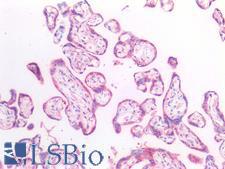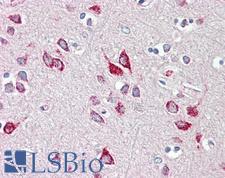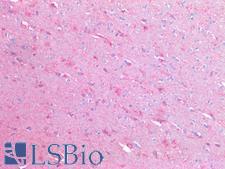Login
Registration enables users to use special features of this website, such as past
order histories, retained contact details for faster checkout, review submissions, and special promotions.
order histories, retained contact details for faster checkout, review submissions, and special promotions.
Forgot password?
Registration enables users to use special features of this website, such as past
order histories, retained contact details for faster checkout, review submissions, and special promotions.
order histories, retained contact details for faster checkout, review submissions, and special promotions.
Quick Order
Products
Antibodies
ELISA and Assay Kits
Research Areas
Infectious Disease
Resources
Purchasing
Reference Material
Contact Us
Location
Corporate Headquarters
Vector Laboratories, Inc.
6737 Mowry Ave
Newark, CA 94560
United States
Telephone Numbers
Customer Service: (800) 227-6666 / (650) 697-3600
Contact Us
Additional Contact Details
Login
Registration enables users to use special features of this website, such as past
order histories, retained contact details for faster checkout, review submissions, and special promotions.
order histories, retained contact details for faster checkout, review submissions, and special promotions.
Forgot password?
Registration enables users to use special features of this website, such as past
order histories, retained contact details for faster checkout, review submissions, and special promotions.
order histories, retained contact details for faster checkout, review submissions, and special promotions.
Quick Order
PathPlusTM HEXB Antibodies
HEXB (Hexosaminidase B subunit beta) is the beta subunit of the lysosomal enzyme beta-hexosaminidase that catalyzes the degradation of the ganglioside GM2 and other molecules containing terminal N-acetyl hexosamines. Mutations in the alpha or beta subunit genes of beta-hexosaminidase lead to an accumulation of GM2 ganglioside in neurons and neurodegenerative disorders termed the GM2 gangliosidoses. Beta subunit gene mutations lead to Sandhoff disease (GM2-gangliosidosis type II), a lysosomal disorder characterized by progressive neurodegeneration and childhood mortality. In immunohistochemistry of normal tissue, HEXB has cytoplasmic positivity in the lung, epididymis, testes, prostate, heart muscle, some immune tissues, gastrointestinal tissues, endocrine tissues, the kidney, the pancreas and the brain.
References: The UniProt Consortium. Nucleic Acids Res. 47: D506-515 (2019); Nucleic Acids Res. 2016 Jan 4;44(D1):D733-45, PMID:26553804; PLoS One. 2012; 7(7): e41516, PMID: 22848519;
4 PathPlusTM Antibodies




☰ Filters
Products
Antibodies
(4)
Type
Primary
(4)
Target
HEXB
(4)
Reactivity
Human
(1)
Mouse
(1)
Application
IHC-P
(4)
WB
(2)
Peptide-ELISA
(1)
Host
rabbit
(4)
Product Group
PathPlus Cancer
(4)
Isotype
IgG
(1)
Clonality
polyclonal pc
(4)
Format
Unconjugated
(4)
Epitope
aa294-435
(1)
aa481-530
(1)
Publications
No
(4)

Cancer
HEXB Rabbit anti-Mouse Polyclonal (aa294-435) Antibody
Mouse
IHC-P, WB
Unconjugated
100 µl/$460

Cancer
HEXB Rabbit anti-Human Polyclonal (aa481-530) Antibody
Human
IHC-P, Peptide-ELISA, WB
Unconjugated
50 µl/$375

Cancer
Fast Shipping
HEXB Rabbit anti-Human Polyclonal Antibody
IHC-P
Unconjugated
50 µg/$395

Cancer
Fast Shipping
HEXB Rabbit anti-Human Polyclonal Antibody
IHC-P
Unconjugated
50 µg/$395
Viewing 1-4
of 4
product results











